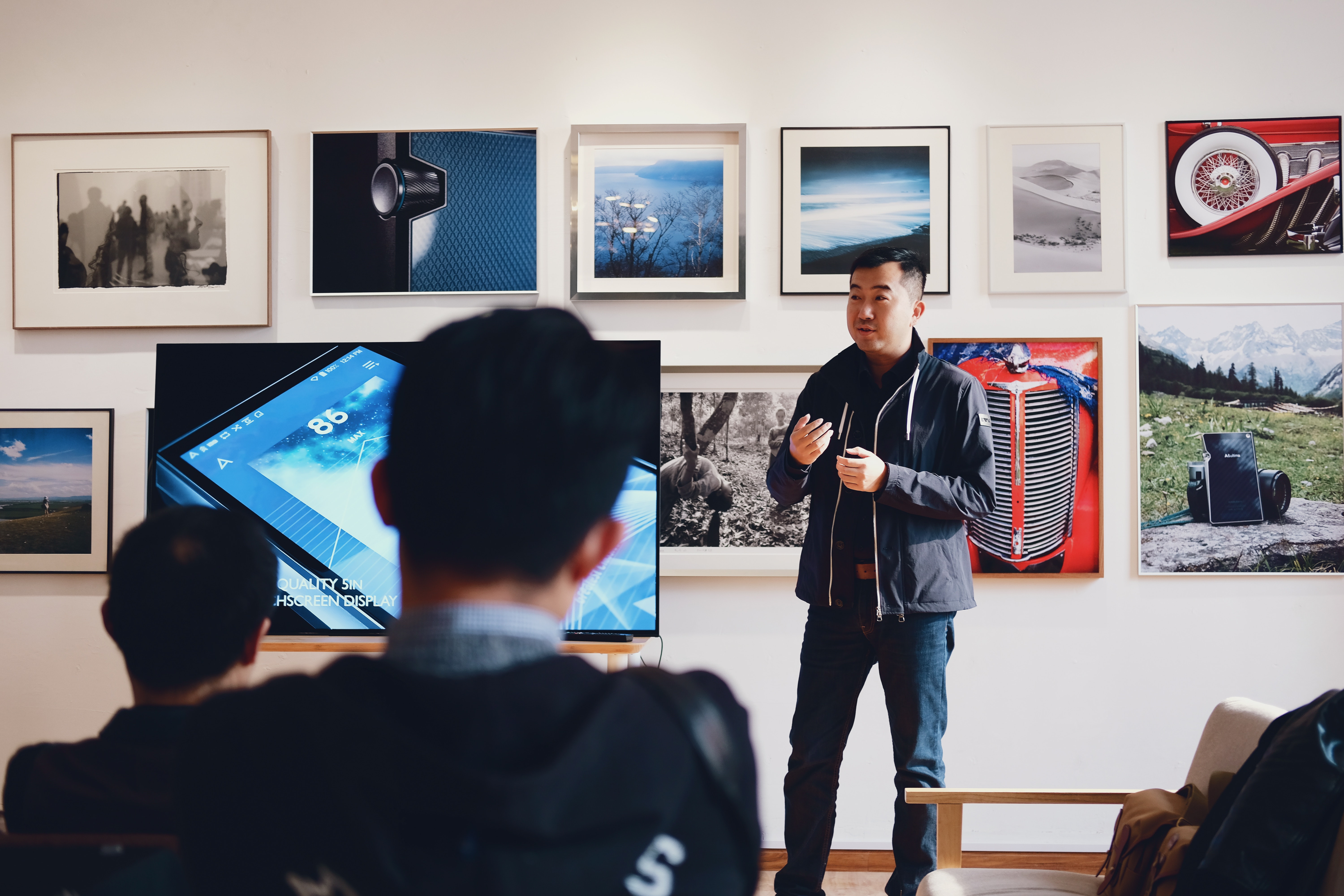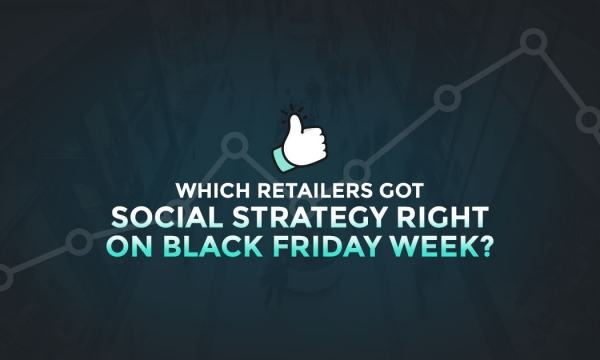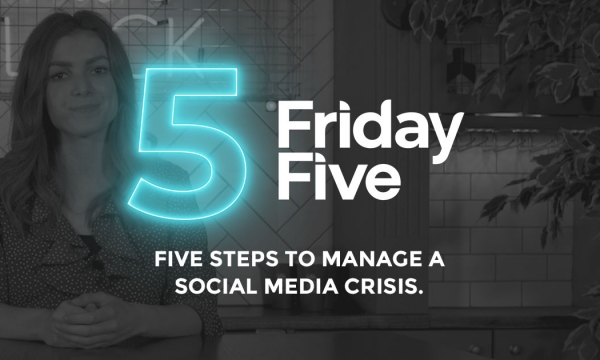Find out how to maximise the impact of influencer marketing in your next campaign, from bloggers to Instagram stars, identify some of the key considerations.
As Influencers continue to thrive and disrupt the world of marketing, getting to grips with how your brand can leverage this sort of activity could create a big impact for your next campaign.
When executed effectively, influencer engagement has huge potential, putting your brand in front of active and potentially untapped audiences. Here we look at how to set objectives, analyse followings, build relationships and ultimately maximise the impact of your next influencer campaign.
What is influencer marketing?

The clue is right there in the title – it’s all about someone who has influence in their peer group. The audience in question is formed organically, with fans following them for their trusted opinions and relatability. Whether they’re a fashion blogger, social media influencer or an A-list celebrity, these individuals can act as an extension of a brand, become a spokesperson and help to spread awareness of a company and its values.
While bloggers and vloggers can certainly impact sales and conversions, their most lucrative offering is awareness. Putting your brand in the right hands means you can reach potentially hundreds of thousands, or even millions of relevant people who could become a brand new audience.
Awareness vs ROI
A key initial consideration is whether influencers are actually the best option for your marketing objectives, and whether investing in them could put you on the track to success in a competitive industry.
The decision to use influencers in your strategy should come as a result of associated objectives like building brand awareness or reaching a new audience. Your competitors may be utilising influencers, but that doesn’t always mean they’re essential to your approach.
If your aim is to get your brand name out into the world, then deploying influencers is an excellent option. If your aim is to boost sales by a certain percentage, it might be better to deploy a campaign through paid social media or a more trackable outlet that gives you an instant view of your ROI.
An influencer marketing campaign is always going to be more effective for awareness because of the nature of content consumption – whether that’s a quick scroll on Instagram in your down time, catching up on YouTube subscriptions before bed, or reading a blog post to research a new purchase. An influencer’s audience is often incredibly loyal. The audience reads, watches and engages with an influencer’s content for intimate access to the person, rather than a product. However, with that personal loyalty comes trust, which is why brand placement can be so effective when put in the right hands and similarly, why it can go wrong when a brand prioritises their message over the influencer who’s telling it.
The world of influencers exploded as people shifted from traditional media to what they deemed a more trusted source for their product recommendations. Influencers became online “friends” to their audience – swaying purchasing decisions through word of mouth for the Internet Age. What may have begun largely as personal product recommendations has grown into a multi-faceted business model for many. Some influencers are now celebrities, directly connecting and engaging with hundreds or even millions of followers.
With that in mind, effective interaction with influencers is the key to creating an impact with your campaign. To get you started, we’ve put together a cheat sheet covering the basics of how to maximise the impact of your campaign when using influencers.
Five ways to maximise the impact of your influencer campaign:
- Consider the influencer’s audience above yours
- Ensure the influencer is on brand for you
- Utilise the influencer’s voice
- Build relationships
- Ensure followings are authentic
Consider the influencer’s audience above yours

Think about it logically. You’re using an influencer to connect with their audience and therefore the needs of that audience should come before your own customer profiling. It makes sense to choose an influencer whose audience at least partially matches up with your marketing personas, but they may also have a different set of considerations and preferences.
Then there could be a disparity between the influencer and their audience. An influencer themselves may be your perfect customer, but does their audience match the same profile? It’s not always easy to instantly identify an influencer’s audience but reviewing their key engagers is a good place to start. Profile those that are engaging with their content and identify as many factors as you can, including their age, gender, location and (information permitting) how they’re engaging. Only when you have enough data on them can you effectively tap into their habits, values and interests.
Ensure the influencer is on brand
The lure of a big following shouldn’t counteract your objectives when using an influencer in your marketing strategy. Buried across the web are online communities in every single niche, ready and waiting for relevant brands work with them.
A big following for an influencer doesn’t automatically translate into an engaged audience for your brand. We’ve written about how to choose the right influencers for your campaign, providing some pointers to help you get a robust process in place.
Audit the influencer’s content on each of their channels, see how they talk about other brands and how they communicate with their audience before locking them in to your strategy.
Utilise the influencer’s voice

While brand placements with influencers may be a result of an incentive – payment or a gifted product or experience – it shouldn’t come across as such. Every incentivisation with an influencer should be disclosed, whether sending them token gift or paying them for their time on a project, but the best collaborations feel natural. These are collaborations where the services or products could easily be part of another ‘day in the life of the influencer’, not a brand mention shoehorned in. The more control you, as a brand, have over the content, the less authentic that positioning is going to appear to the audience which in turn will defeat the purpose of using influencers in your marketing activity.
When negotiating details on your next influencer campaign, welcome input from the influencer and ask what content performs best with their audience. A symbiotic relationship between brand and influencer is where greatness is formed – as cliché as that may sound – paving the way for great collaborations to follow.
Build relationships
“It’s not what you know, it’s who you know” - haven’t we all heard that one before? Influencers receive multiple opportunities every single day, and depending on the volume of what they receive, they can afford to be a lot pickier with the projects they work on.
Whether you’re in an agency or part of an in-house marketing team, taking time to build relationships with influencers can be a valuable undertaking in the long term. When it comes to picking between two opportunities, having the advantage of a strong relationship could set you and your brand above the competition.
In an industry that’s forever expanding, having relationships in place can only benefit you, so whether it’s meeting for informal coffee chats or taking time to get to know people outside of your campaigns on the phone or over email, put the time in and you will reap the benefits.
Ensure followings are authentic
Countless brands choose influencers based on their follower numbers. It’s no surprise that big numbers are the most attractive and while the majority of these are genuine followings, be aware of the realities.
Paying for engagement or followers is surprisingly common, particularly on Instagram. But even with a 100% organic following, it doesn’t always mean you’re reaching the full figure.
Taking Instagram as an example, each individual following count is rarely, if ever, matched to their engagement. This is as a result of the Instagram algorithm that may not show all images to every follower, as well as fake accounts or bots that that follow without the influencer having any control over it.
Tools like Social Blade provide an insight into how authentic a following is, but for clear results you can trust, audit the channel yourself. Look at how many comments and likes a piece of content is getting and compare this with an influencer’s following. Also check how many of those engagements are genuine - any fake activity is usually easy to spot.
As with any part of your marketing strategy, looking at the bigger picture is essential when working with influencers. Taking the time to look at the individual value of each influencer could be the difference in reaching thousands instead of tens of followers.
Creating an impact with influencer marketing isn’t always a quick solution, but when it’s done right, it has the potential to tap into a brand new audience for your brand, putting your brand in the best hands possible.


